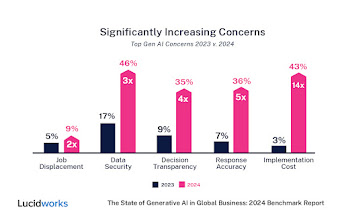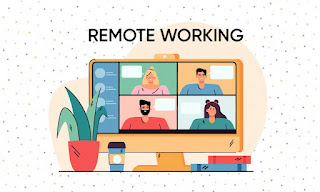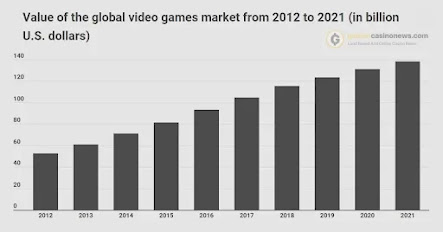Technology and social media play a significant role in my daily life, and I can see how they impact today’s society. While there are various benefits, I have discovered that they create issues that can impact my generation.
As a teenager, I often feel that I need to be on social media and have an online following. Especially going into high school, I was pressured by friends to add social media platforms, such as Instagram and Snapchat onto my phone. While I do have those apps downloaded, I do not post much and try my best to limit my usage. Additionally, I have refrained from getting TikTok on my phone.
I try to restrict my social media usage because I often find myself “doom scrolling” or comparing myself to others. While some content provides entertainment and makes me laugh, other times I find myself wasting time or checking likes and comments. By not posting and limiting my screen time, I find myself having more time for things I want to do and hanging out with my friends. Another strategy I use is I have made the switch to watching television shows instead of scrolling through videos. I find that this surprisingly cuts down on my screen time because I am able to structure myself with episode times.
However, I do enjoy using social media overall, similarly to many people my age. It keeps people connected with their friends and family, as well as updated on current news. Many teenagers utilize social media platforms as a way to express themselves and be entertained. Additionally, content creators and influencers have transformed the way we view technology because they are able to make a living off of social media. This encourages people to keep posting content, which allows for unlimited amounts of videos to keep people engaged. To add, social media apps are also used as a tool to stay informed on political topics and share your views about the world.
Although there are many positives, the negative consequences can be harmful to young people. For example, social media addiction is a growing problem with reports indicating the average teen spends around nine hours on social media each day. The apps are designed with algorithms and AI to track your data and calculate your likes to curate your online feed. As a result, this causes people to get stuck scrolling for hours on end. In addition, social media causes your brain to release dopamine, making you happy while using these programs. In reality, people may be wasting their time online, instead of making memories and having new experiences.
Another harmful aspect of social media is the mental health impacts. Many teens are constantly comparing themselves to people online which can cause people to have serious FOMO and body dysmorphia. In the worst cases, reports demonstrate young people suffering from mental health disorders, such as anxiety and depression. In addition, social media can be misused in situations like revenge porn. This refers to the non-consensual sharing of explicit photos or images. A person does this to destroy another’s reputation and publicly embarrass them. As a result, this could lead to bad mental health issues and even suicide.
Social media and technology are a big part of everyday life, but they come with real risks. Being more aware of how we use them can help us stay balanced and protect our mental health and privacy.

























